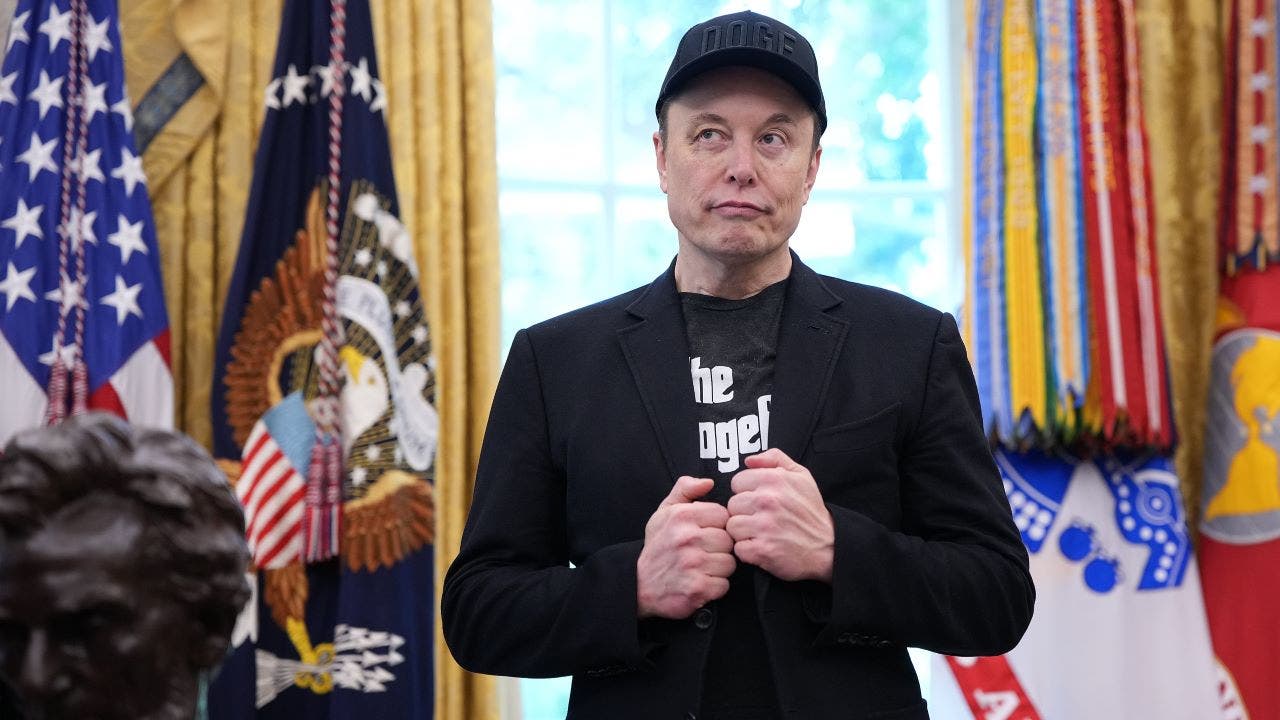Parents, step away from the toy aisle.
Turns out your toddler doesn’t need a mountain of plushies, plastic cars and magnetic mayhem — they might just need four toys. Yep, four.
According to Dr. Alexia Metz, an occupational therapist and mom of twins, toddlers thrive when there’s less to play with, not more.
“We keep bringing home more and more toys, thinking this is the toy that will get my kid into Harvard,” Metz tells TODAY.com.
“But then we don’t see the value in their playing because they can’t organize themselves enough to play.”
Metz led a widely cited 2017 study at the University of Toledo, observing tots between 18 and 30 months old in rooms outfitted with different numbers of toys.
When kids were let loose in a space with 16 options, it was toy chaos — they flitted from item to item like overstimulated bees in a preschool garden.
“That exploration is so fast-paced that they don’t have time to sit and explore all the things a toy can do before they need to move on to the next one,” Metz says.
But drop that number to just four toys, and something magical happened: the kids slowed down, engaged deeper and played longer.
“They went and they looked at them all, but then they had time to go back to each toy,” she explains.
“They sat down and they played with it for twice as long, and they did many more things with it.”
Instead of bouncing from one shiny object to the next, kids started stacking blocks, pushing buttons and even diving into pretend play — the kind that child development experts drool over.
“There wasn’t that enticement of something else to go check out. Kids knew they wouldn’t miss anything if they sat there for another minute to play with the toy and see what it can do,” Metz adds.
So why does it work? Fewer toys = fewer distractions.
Toddlers focus better and use their imaginations more when they’re not drowning in options.
It’s something Metz saw play out at home too.
While raising her twins in a 1,000-square-foot Chicago apartment, she says their space forced her to get picky.
“There was just no space,” she recalls. “My kids had everything they could want or need — and lots of these are really great therapist-approved toys — but it’s just too much. They can’t settle down and play.”
Now, to be clear: Metz isn’t telling you to torch your toy bins.
You don’t have to Marie Kondo your entire living room. But you should be strategic.
“You can have your hundreds of toys if you have a place to store them, so that when a kid has time to play there’s just a smaller number available at the moment,” she says.
That means rotating toys — stash some away, then swap them back in later. It keeps things fresh, but manageable.
Tyler Moore, author of “Tidy Up Your Life” and the man behind the popular @TidyDad Instagram account, swears by this approach.
Living with his wife and three daughters in a modest Queens apartment, he uses “yes spaces” filled with go-to toys like dolls and blocks, while rotating in messier or more complex kits.
That balance, he tells TODAY, lets his kids’ imaginations “run wild.”
Though Metz’s study is a few years old, the lesson still hits home: it’s not about how many toys your kid has — it’s how many they see.
Because even the best toy in the world won’t spark joy if it’s buried under 25 others.
“Recognize toys for their short-term value and then pass them on,” Metz says.
Read the full article here















